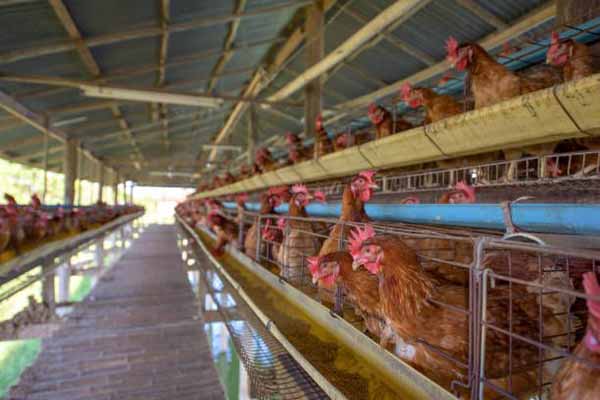Poultry Layers Farming in Kenya: A Comprehensive Guide
Time : 2025-05-13
When it comes to poultry farming, Kenya has made significant strides over the years. As one of the leading countries in the region, Kenya has a thriving poultry industry that not only caters to the local demand but also exports to neighboring countries. One of the most important aspects of poultry farming in Kenya is the layer farming. Layer farming involves rearing hens for egg production. In this article, we’ll delve into everything you need to know about poultry layers farming in Kenya.

Understanding Poultry Layers Farming in Kenya
Poultry layers farming in Kenya is a profitable venture that requires careful planning and management. The first step in setting up a successful layer farm is to understand the basics of the industry.
Choosing the Right Breed
Kenya has a variety of layer breeds to choose from, such as the Leghorn, Anacona, and Rhode Island Red. The choice of breed will depend on several factors, including the climate, feed availability, and market demand. For example, the Leghorn is a popular choice due to its high egg production and disease resistance.
Building the Right Facilities
The success of a layer farm also depends on the facilities provided to the hens. A good layer house should provide enough space for the hens to move around comfortably, maintain proper ventilation, and ensure adequate lighting. It’s also essential to have a secure fence to prevent predators from attacking the hens.

Feeding and Nutrition
Adequate nutrition is crucial for maintaining the health and productivity of layer hens. In Kenya, the most commonly used feed ingredients include corn, soybean meal, and cottonseed cake. However, it’s important to ensure that the feed is balanced to meet the nutritional requirements of the hens. A well-nourished hen will produce more eggs and have a longer lifespan.
Health Management
Health management is a critical aspect of poultry layers farming in Kenya. Regular vaccination programs, good biosecurity practices, and prompt treatment of any diseases that arise are essential to maintaining a healthy flock. It’s also important to keep the layer house clean and free of manure to prevent the spread of disease.
Marketing Your Eggs
Once you start producing eggs, the next step is to find a market for your products. In Kenya, the demand for eggs is high, and there are several avenues to explore for marketing your eggs.
Selling to Local Supermarkets
Local supermarkets are a great option for marketing your eggs. They offer a steady market and good prices. To access this market, you’ll need to meet their quality standards and ensure that your packaging is attractive and eye-catching.
Wholesale to Small Businesses
Wholesaling eggs to small businesses, such as restaurants and hotels, is another viable option. This market requires less investment in packaging and allows you to focus on bulk sales.
Direct Sales
Direct sales to consumers is another way to market your eggs. This can be done through community fairs, farmers’ markets, or even through a home delivery service.
Challenges and Opportunities in Poultry Layers Farming in Kenya
Like any other business, poultry layers farming in Kenya faces its share of challenges and opportunities.
Challenges
The main challenges include high feed costs, disease outbreaks, and competition from imported eggs. Additionally, the lack of access to credit and training programs can hinder the growth of small-scale farmers.
Opportunities
Despite the challenges, there are several opportunities in the poultry layer farming industry in Kenya. The growing population and increasing demand for eggs and egg products present a significant opportunity for farmers to expand their operations. Additionally, the government’s support for the agriculture sector can help farmers overcome some of the challenges they face.
Conclusion
Poultry layers farming in Kenya is a dynamic and profitable industry. By understanding the basics, choosing the right breed, and implementing proper management practices, farmers can maximize their productivity and profitability. With the right strategies and a willingness to adapt to changing market conditions, poultry layer farming in Kenya can be a rewarding venture.











